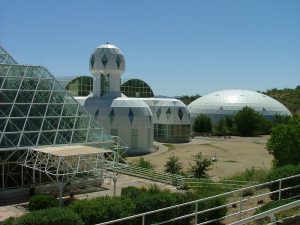Indeed, one might argue that under the regime of the Dome, the country has become not a mall but an immense hall of entertainment, in which every citizen is a player. Certain unpleasant facts of life—rundown neighborhoods, traffic accidents, robberies, drive-by shootings—are in this view taken less seriously, since they are felt to be part of the artificial displays under the Dome. Death itself is losing its terror, has come to seem little more than a brilliantly contrived effect.
“The Dome” by Steven Millhauser is fantastic in that the dome is an allegory to technology, capitalism, and how humans get carried away with new inventions and the conflict that new technology brings. The story is told from a third-person objective point of view. Instead of relying on dialogue, Millhauser describes the dome as if it is in a history textbook or a column in the newspaper. This makes the story seem more authentic and plausible. In the beginning, the conflict because apparent when the manufacturer tries to fix consumer’s small problems with the dome, but as time progresses and more people who own the dome have problems that become too much for the manufacturer to fix. This conflict is exaggerated but is portrayed in a unique way because the realism within the story shines through the fantasy. The allegory that the dome exemplifies is how the human race possesses something new, but it quickly becomes problematic or unsatisfactory to us, and before we realize it, it takes away the reality that we once had within our lives. The ways in which Millhauser displays the dome makes me wonder whether he was influenced by the rise of cell phones, computers and how it would change our lives to be unauthentic and unsatisfactory.
